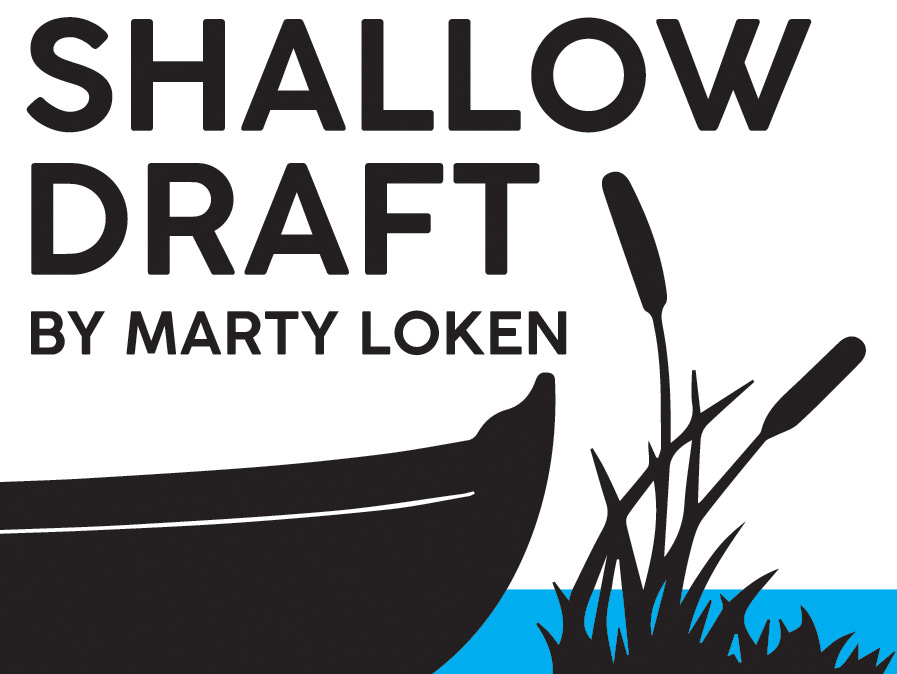
Before uttering a word, let’s acknowledge that one of my heroes, the late Capt. Pete Culler, authored a fine book by the same title—Boats, Oars & Rowing. So we aren’t trying to intrude on Capt. Pete’s territory with today’s headline, but we’ve been meaning to write something on the general subject.
Yesterday morning was a reminder, since between November windstorms I rowed RAVEN’s 10.5’ lapstrake tender 4 miles from our liveaboard slip to the nearest launch ramp, to haul the skiff out for winter months. While rowing in the early-morning calm I had a minor realization: The finest spoon-blade oars we own—which I decided to use instead of the heavier “daily drivers” normally enjoyed when cruising—weren’t noticeably better when pulling the weighty rowing boat against a mild current.
While we normally (make that always) assume our beautiful flyweight spruce spoons are the weapon of choice, I learned yesterday that the old, clunkier spruce spoon-blades have leathers in a better position on the shafts…and with a bit more heft they seem to carry better through rowing strokes—maybe especially when pushing against a slight current or adverse wind. Or when the boat’s bottom is fouled with some weed growth at the end of a long season…certainly the case yesterday.
In the world of small boats we all savor, our main propulsion may come from sails or motors when the wind dies, but most of our under-20’ small craft are equipped with oars for auxiliary power…or paddles, or sweeps for sculling in fewer cases.

Keep reading with a 7-day free trial
Subscribe to Small Craft Advisor to keep reading this post and get 7 days of free access to the full post archives.



